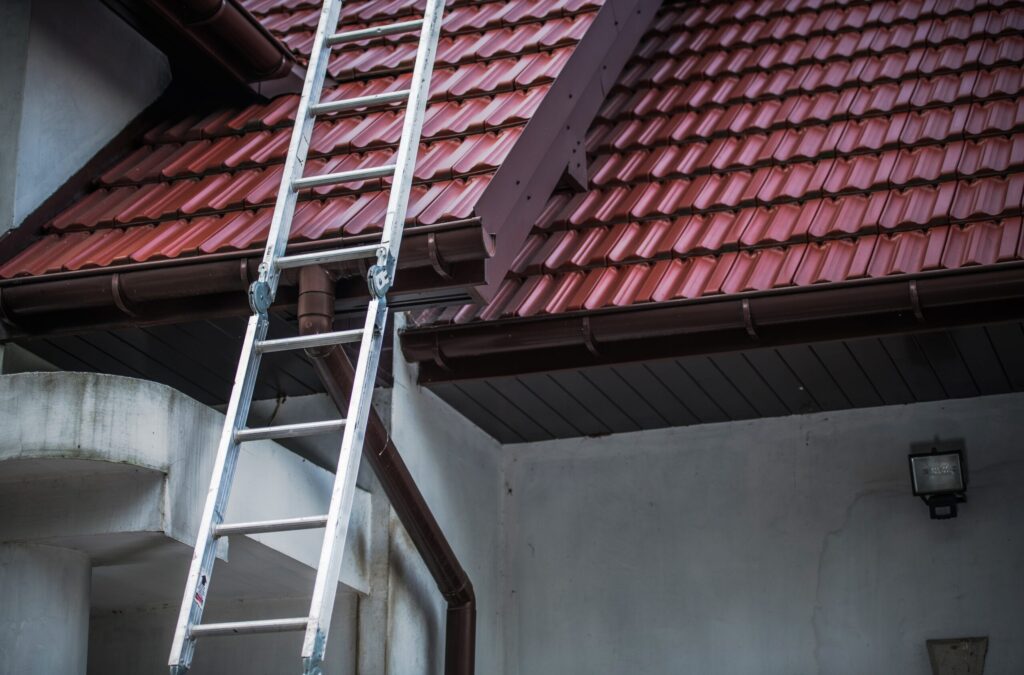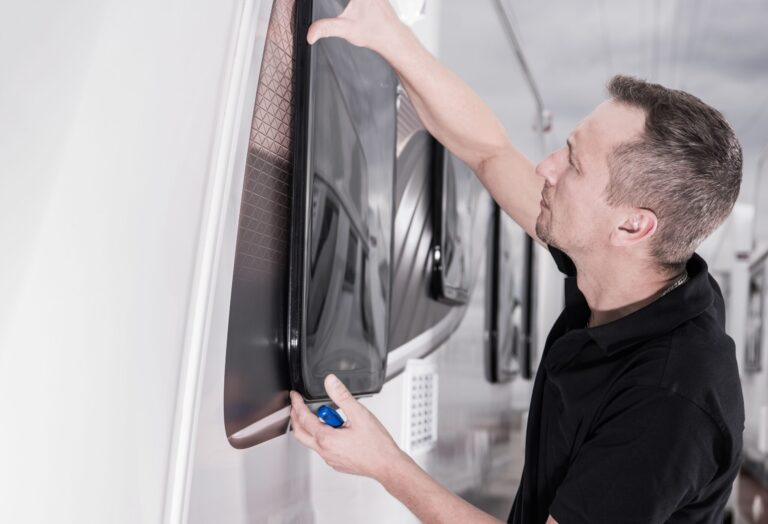The safety of your home is a paramount priority, particularly against the harsh vagaries of weather. To this end, weather-proofing your home ensures it stands resilient against extreme conditions, protecting you and your loved ones, as well as your invaluable possessions. The whole process of weather-proofing might appear daunting, but remember, it is a timely intervention that saves you both time and money. Consequently, here are the expert-approved steps and tips for weather-proofing your home.
Understand Your Climate

Before embarking on the fundamental task of weather-proofing your home, you need to understand the climate of your residential area. Knowledge of the local climate informs decisions such as the materials you need for weather-proofing your house. This means that the measures the homeowner in Florida will take may not necessarily be identical to those of another homeowner located in Alaska. Understanding the prevailing weather patterns also allows you to ascertain the frequency and intensity of the weather-proofing measures to protect your home adequately.
Local climate understanding is crucial, especially in regions where they experience extreme weather changes. Typically, climate considerations inform the selection of home improvement materials relevant to weather-proofing. For instance, the Florida homeowner may prioritize the installation of hurricane shutters Fort Myers FL due to the region’s recurrent hurricanes, to shield their windows from the impact of ferocious winds and flying debris. In contrast, those in colder climates may consider insulating their homes to conserve heat during chilly winter periods.
Additionally, understanding your climate helps when scheduling maintenance practices and taking steps to protect your home. It enables you to prepare ahead of the extreme weather seasons. Ultimately, knowledge of your local climate minimizes guesswork and enhances the effectiveness of the weather-proofing steps you take.
Insulate Your Home
Home insulation is an integral part of weather-proofing your house. An adequately insulated home is energy efficient, providing indoor comfort throughout the year while reducing energy bills. In essence, insulation works by reducing the amount of heat that escapes from your house during winter and restricting the amount of heat entering your house during summer. Irrespective of your geographic location, insulation is a relatively inexpensive process that benefits all homes across the globe.
An advantage of home insulation is its versatility, as it allows you to target specific areas. Common areas that need insulation include the attic, walls, floors, basement, and crawlspace. Insulation materials come in different forms including, blanket batts and rolls, foam boards, and loose-fill, making them applicable in various home scenarios. The material you choose depends on where you need to install it and the R-values required in your locality. The R-value is a measure of how well an insulating material resists heat flow.
Home insulation has two types; thermal insulation, which regulates heat transfer, and acoustical insulation, which regulates noise transmission. Whatever the type, proper installation is key. Hiring trained professionals guarantees insulation that curbs heat loss and gain, making your home more comfortable and energy-efficient.
Weather-Strip Your Doors and Windows
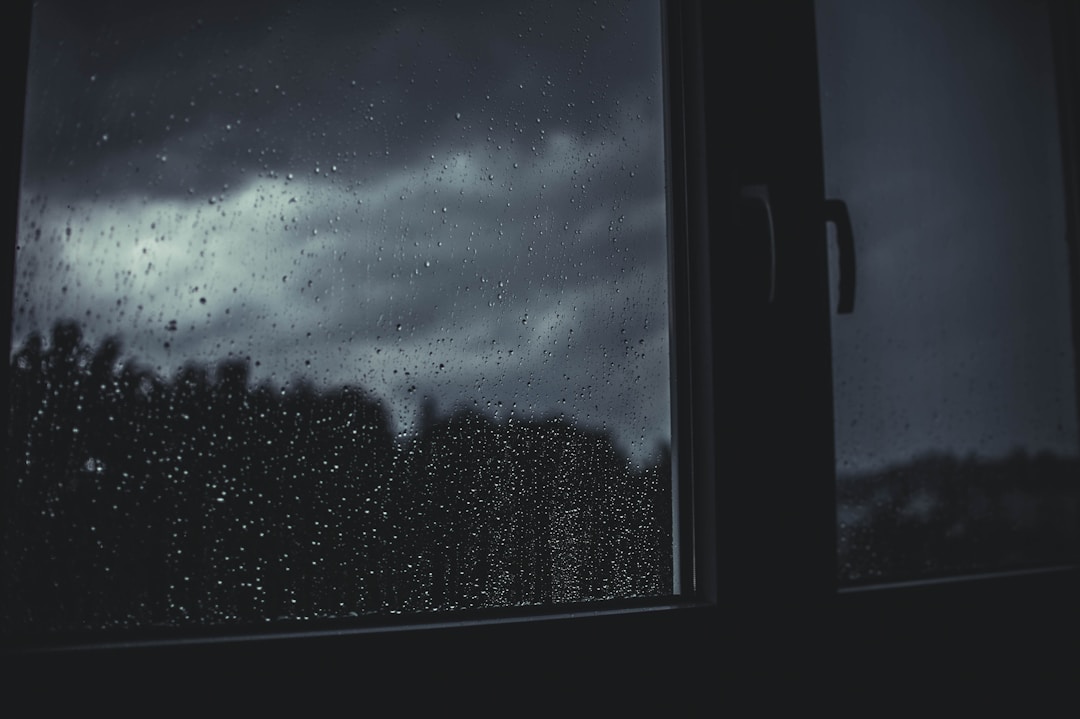
Weatherstripping involves sealing openings such as doors and windows from elements such as dust, rain, wind, or bugs. This solution is perfect for preventing air leaks and protecting your home’s interior from harsh weather. Weather-stripping serves a dual purpose – keeping your home’s internal conditions stable, and reducing your heating and cooling costs. It is a part of weather-proofing your home.
There are several weather-stripping materials to choose from, including V strip (tension seal), door sweeps, foam tape, and door shoe gaskets. Each material is suited for a specific area in your home. For instance, door sweeps are best for the bottom of doors and windows, while foam tape is best for window sashes and door frames. When selecting a material, consider its durability, price, and the installation process.
Despite the apparent simplicity of the task, expert installation is always advised for optimum results. Professionals have the knowledge and experience to identify all the areas prone to air and water leaks. They also understand various weather-stripping materials and their best applications in different parts of your house. Hence, investing in professional weather-stripping services ensures all the bases in your weather-proofing home are covered.
Improve Your Home’s Exterior
The exterior of your house is the first line of defense against harsh weather. It needs to be impeccable and robust to withstand the impact of the elements. Key areas to focus on when weather-proofing the exterior include the roof, siding, and gutters. These areas should be routinely checked and any damages repaired immediately. Investing in durable and weather-resistant materials for your exterior enhances your home’s resilience against severe weather conditions.
Equally important is maintaining the landscaping around your home. Regularly trimming overgrown branches prevents them from falling on your house during storms or strong winds. Likewise, ensure that your compound has proper drainage to prevent water from pooling around your house, which could result in water damage or even flooding.
If you live in areas prone to specific weather conditions, like hurricanes or blizzards, consider investing in extra protective measures for your home. For instance, if you are in a hurricane-prone area, storm windows and doors are a worthy investment. In extreme cases, consider upgrading to storm-resistant structures or retrofitting your house to increase its resilience against such harsh weather.
Regularly Check and Maintain Your HVAC System
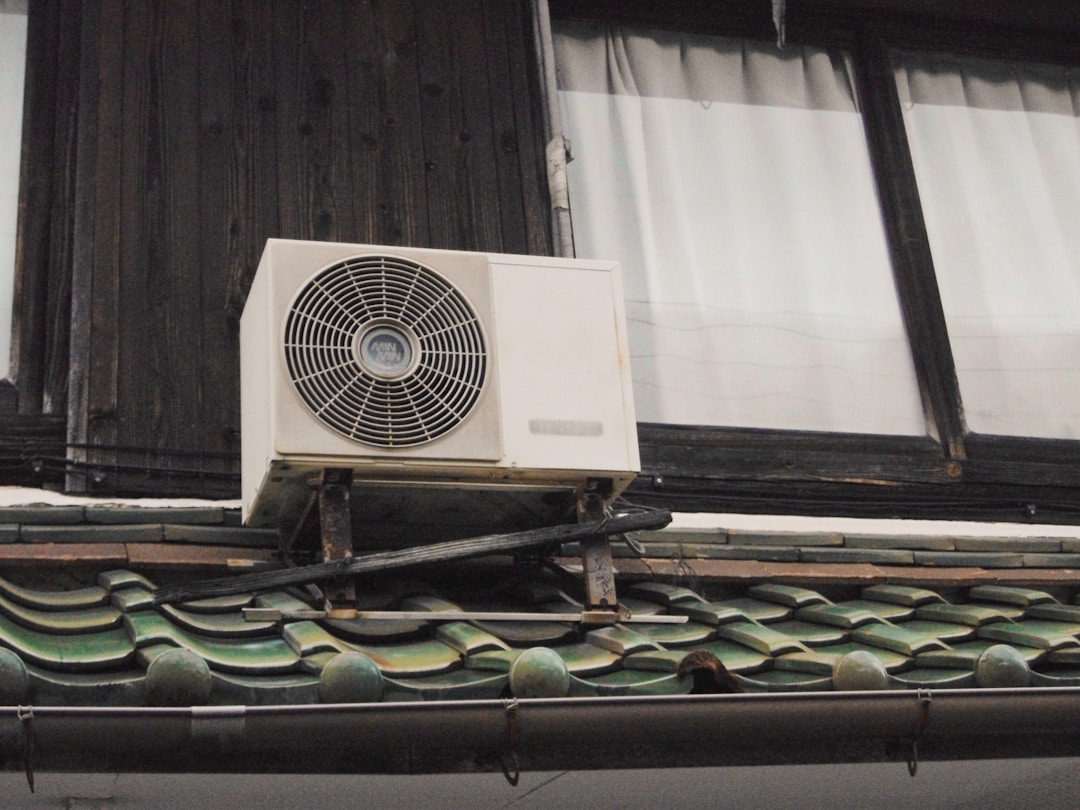
A well-functioning heating, ventilation, and air conditioning (HVAC) system is required for maintaining a desirable indoor climate during extreme weather. Therefore, regular HVAC maintenance should be a critical part of your weather-proofing plan. Some common HVAC maintenance practices include changing or cleaning the filters, inspecting the thermostat, cleaning the condenser and evaporator coils, checking the fan motor, and lubricating the moving parts.
Maintenance ensures efficient energy use, leading to reduced energy bills, and extends the lifespan of the system. It also assures you of a comfortable indoor environment, irrespective of the external conditions. While some maintenance tasks like changing filters can be DIY, some are technical and demand professional attention. Consequently, regularly scheduling professional maintenance services is paramount to keep your HVAC system in perfect working condition. This move not only guarantees your system’s longevity but also contributes to your home’s weather-proofing efforts.
The Importance of Professional Assistance in Weather-Proofing Your Home
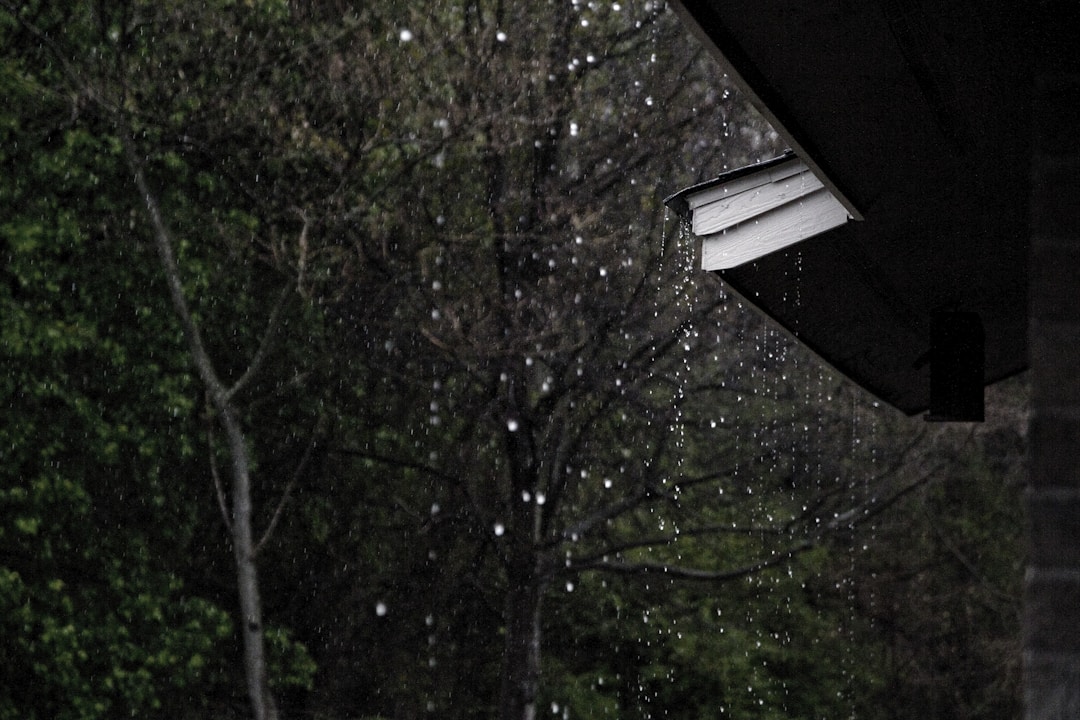
While several weather-proofing tasks can be done DIY, it is essential to stress the significance of professional involvement. Professionals have extensive knowledge and experience in identifying the potential loopholes that might undermine your weather-proofing efforts. Professional services cover all grounds, offering comprehensive weather-proofing solutions that stakeholders could miss. These experts understand local climates and weather trends, providing relevant and practical solutions.
They also stay abreast with emerging trends and technologies in the field, ensuring that clients receive the best services possible. While DIY efforts can significantly contribute to weather-proofing your home, do not overlook professional services. Professional involvement is valuable in technical tasks such as the installation of hurricane shutters, insulation, and HVAC maintenance, among others. Poorly executed tasks, as a result of DIY, may lead to future problems and additional costs.
As you can see, weather-proofing your home is a non-negotiable step in safeguarding your home and loved ones against devastating weather elements. Always make it a point to maintain both the interior and exterior of your home, regularly inspect your HVAC system, understand your local climate, and consider professional help. By incorporating these measures into your weather-proofing strategy, you are not only creating a safer living environment but also securing your real estate investment. Be prepared, think ahead, and fortify your home against the weather.

